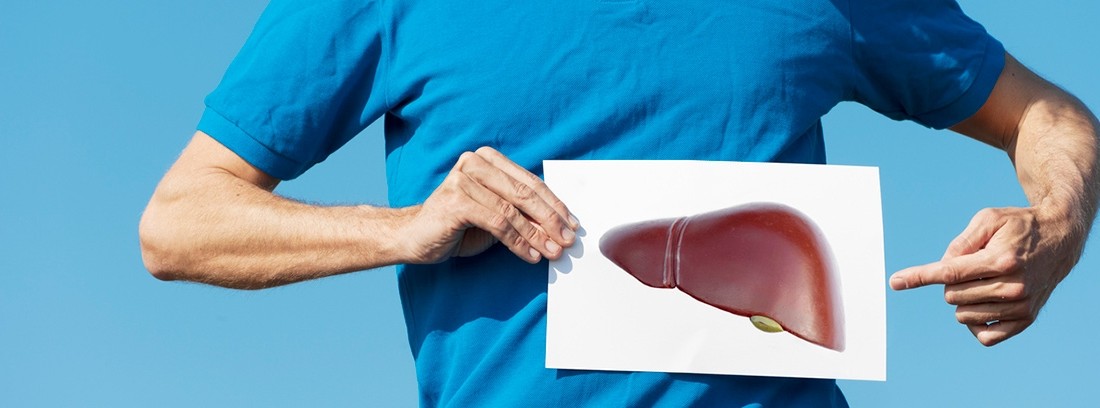Cholecystitis

Definition
Acute or chronic inflammation of the gallbladder
The gallbladder is a hollow viscus of about 5 or 7 centimeters in size, attached to the underside of the liver and whose main mission is to store bile and carry it to the duodenum through the cystic and common bile ducts during digestion.
Acute cholecyst is caused by acute dilation of the gallbladder, generally due to the presence of one or more gallstones that obstruct the outlet ducts of the gallbladder. The enlarged gallbladder can be colonized by germs from the digestive tract and lead to gallbladder infection.
Chronic cholecystitis is caused by repeated episodes of acute cholecystitis or by its chronification. In the chronic form, the walls of the gallbladder progressively hypertrophy, reducing the size of the gallbladder lumen and losing its ability to store bile.
How does the disease occur
The most common cause of cholecystitis is obstruction of the gallbladder outlet by a gallstone and less frequently by a tumor or parasite.
Other less common causes of cholecystis are severe systemic infections, AIDS, or diabetes.
Symptoms of the disease
The presence of stones in the gallbladder may be asymptomatic
The most common symptoms of acute or chronic cholecystis are:
- Acute and persistent, moderate-intense pain located in the right upper quadrant (anterior wall of the abdomen, below the ribs)
- nausea, vomiting
- Restlessness
- In case of infection of the gallbladder, fever, general malaise and jaundice may appear.
Diagnosis of the disease
The diagnosis of cholecystitis is made by the general practitioner, the internist or the digestive system specialist in the consultation of the medical center or hospital.
The diagnosis is based on the physical examination of the patient, the symptoms that he presents and the result of the complementary studies that are carried out, among which are a blood test that allows detecting alterations in liver and / or biliary function, an imaging study by means of an x-ray, ultrasound or abdominal tomography that allows to visualize an increase in the size of the gallbladder or the presence of gallstones in its interior or a retrograde cholangiography that allows to locate the exact place where the stone is located when this is the cause of cholecystitis.
Treatment of the disease
Treatment of acute cholecystitis requires hospital admission and includes:
Pharmacological treatment in the acute phase with analgesics for pain control, antibiotics for infection control and fluid therapy.
Surgical treatment in the following days: removal of the gallbladder by laparoscopy in most cases or by open surgery in cases with complications (severe infection, perforation of the gallbladder, etc.).
Treatment of chronic cholecystitis is programmed surgical removal of the gallbladder by laparoscopy.
Gallbladder perforation is a medical emergency requiring urgent open surgery with removal of the gallbladder.
Disease prevention
Avoid the consumption of alcohol, very copious, very spicy or high-fat meals.
Removal of the gallbladder if the presence of mud or gallstones is detected prevents the development of cholecystitis.
Family and Community Medicine Specialist
(Updated at Apr 14 / 2024)